
Austrian physicist Ludwig Boltzmann (1844-1906) who is well known for presenting the logarithmic connection between entropy and probability in his kinetic theory of gases, was never properly recognized during his lifetime.
In celebration of his ground-breaking work, Boltzmann medal is awarded once every three years by IUPAP in the field of statistical mechanics. In 2022, Deepak Dhar became the first Indian physicist to win the Boltzmann medal, sharing it with American physicist John Hopfield.
Deepak Dhar is famous among his students as a loveable science teacher. He was also a teaching assistant to Nobel laureate Richard Feynman when he completed his PhD from Caltech in 1978.
Deepak was born in Oct, 1951 to an average Indian household in the northern state of Uttar Pradesh and showed proficiency in mathematics from an early age. He completed his bachelor degree from the prestigious Allahabad University in 1970.
Deepak moved to the US after getting master's degree in physics from IIT-Kanpur in 1972. He returned to India the same year he completed his PhD from Caltech, where he held Richard Feynman fellowship. This shows his undying love for the motherland and a desire to teach in India.
Deepak became a full-time research fellow at TIFR, Mumbai where he was later promoted as an associate professor in 1991. He also served as visiting professor at the University of Paris during this time.
Post retirement, Deepak Dhar is a distinguished visiting faculty member at the Indian Institute of Science Education and Research, Pune. After winning Boltzmann medal, Deepak said: It is always nice to win but the award was never the driving force.
Quoting Isaac Newton, Dhar added: I do not know what I may appear to the world, but to myself I seem to have been only like a boy playing on the seashore, whilst the great ocean of truth lay all undiscovered before me.
Dhar was previously honored with Satyendra Nath Bose medal by the government in 2001. He feels that much work can still be done in statistical mechanics, a field pioneered by Bose in India. Science needs to be loved, Dhar feels, and not something students are afraid of.
Deepak is known for his research on stochastic processes or random systems, that are part and parcel of day to day life. Examples include stock market, blood pressure, movement of a gas molecule, etc.
Deepak Dhar feels that physics has a lot new opportunities that are screaming for attention. But we are short-changing younger generation with low quality education, he says. Why would students pursue career in physics if their interest is killed at early stage?







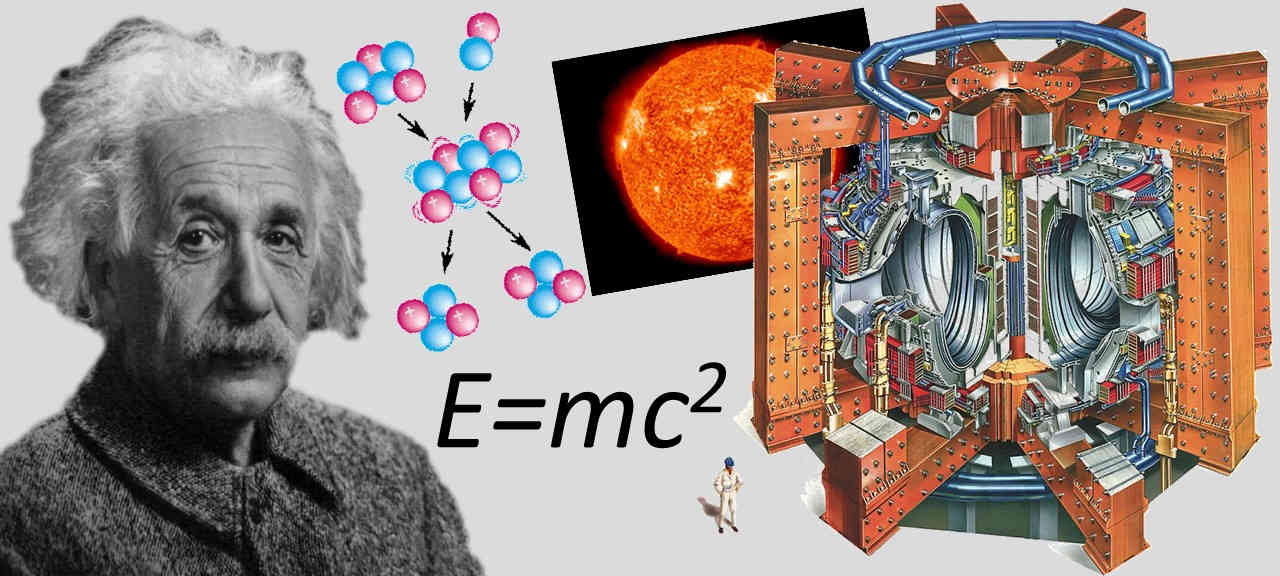

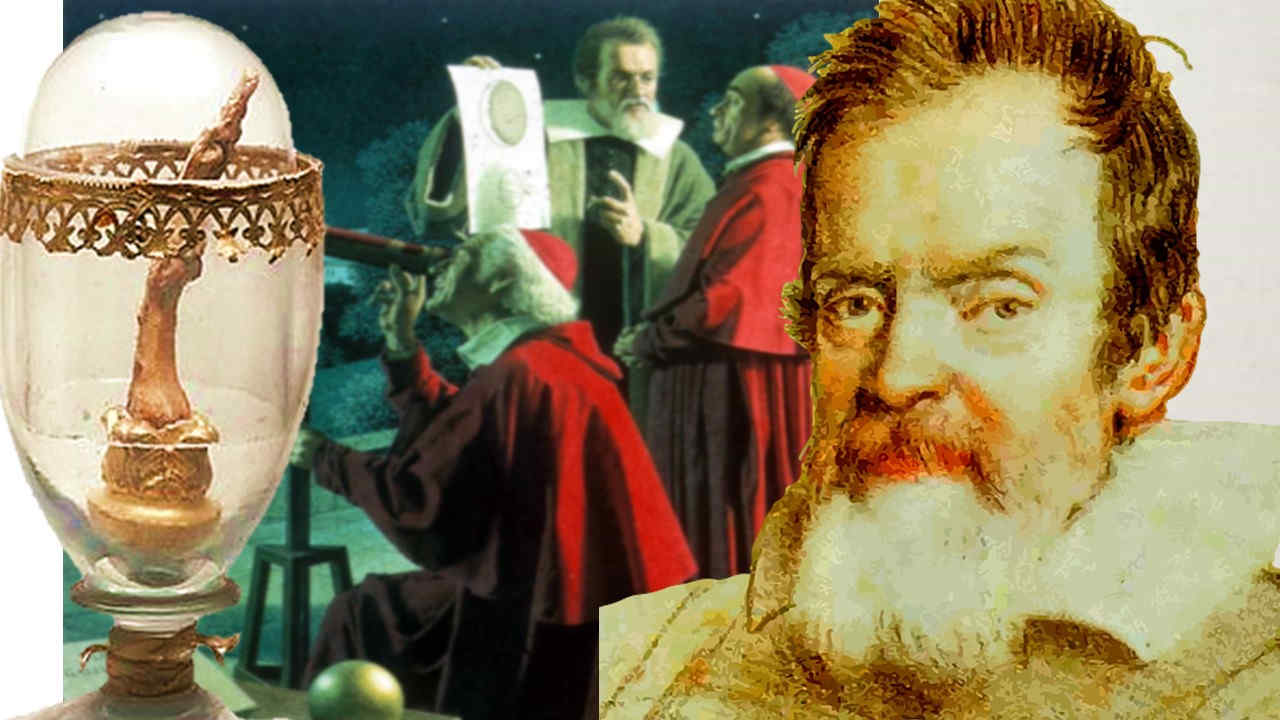

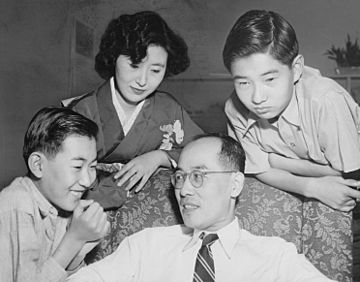
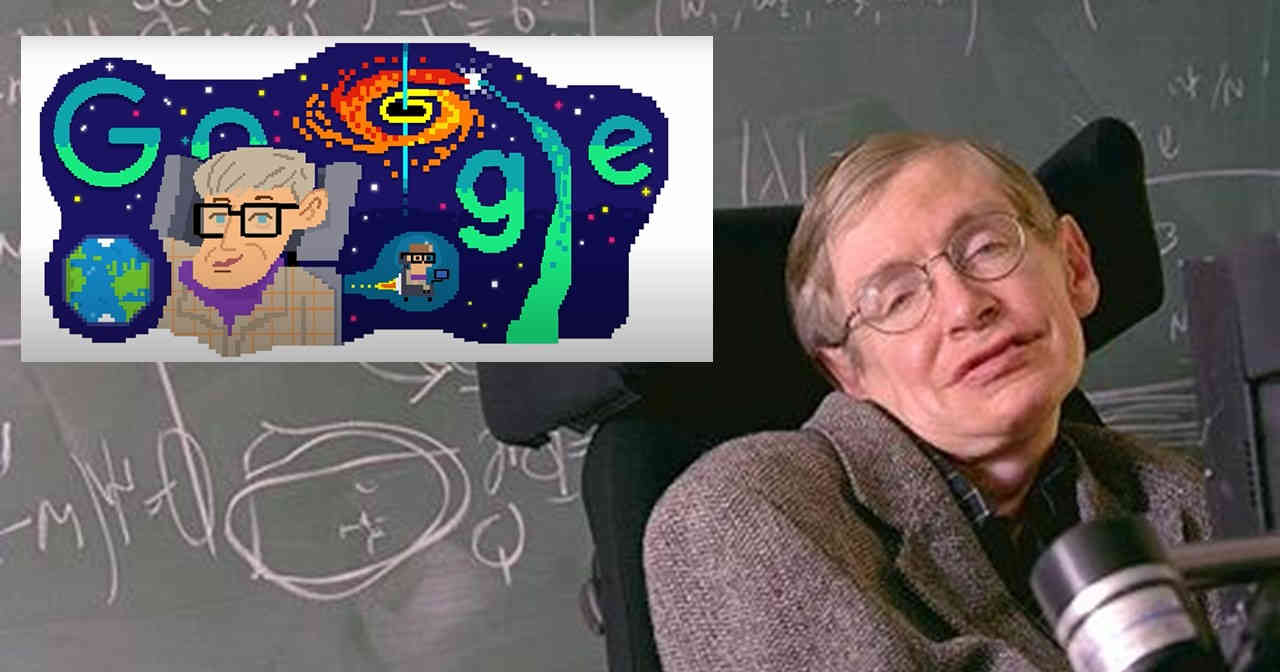
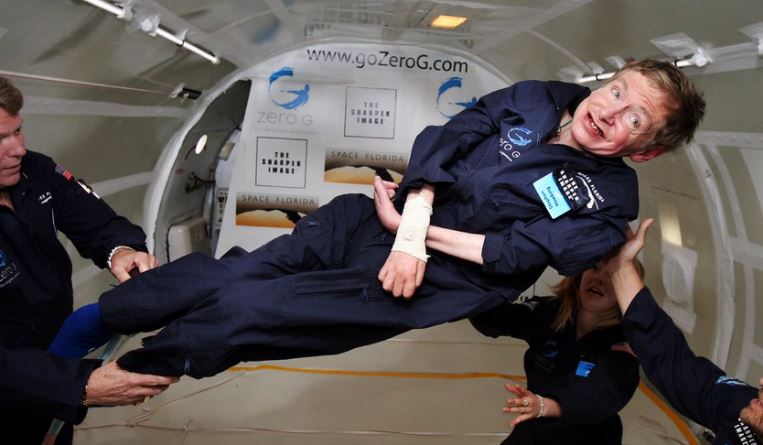
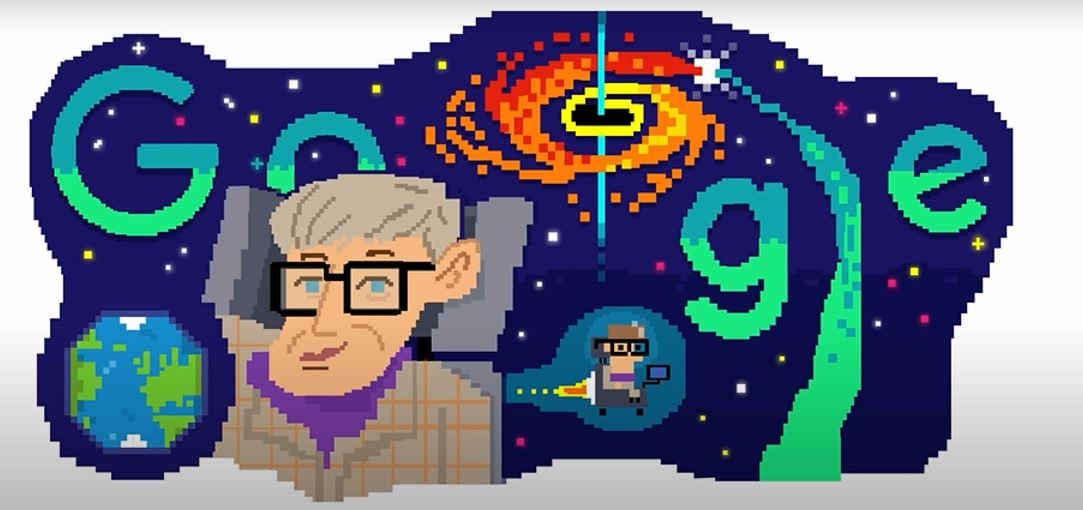
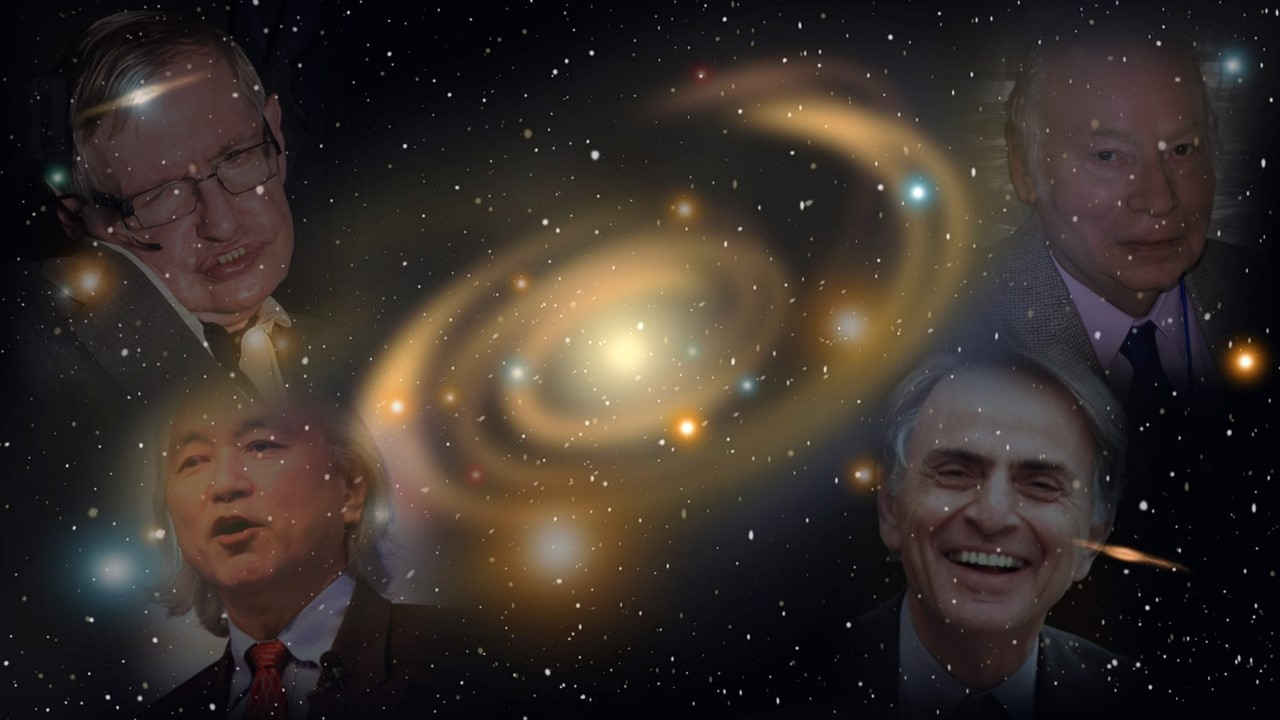







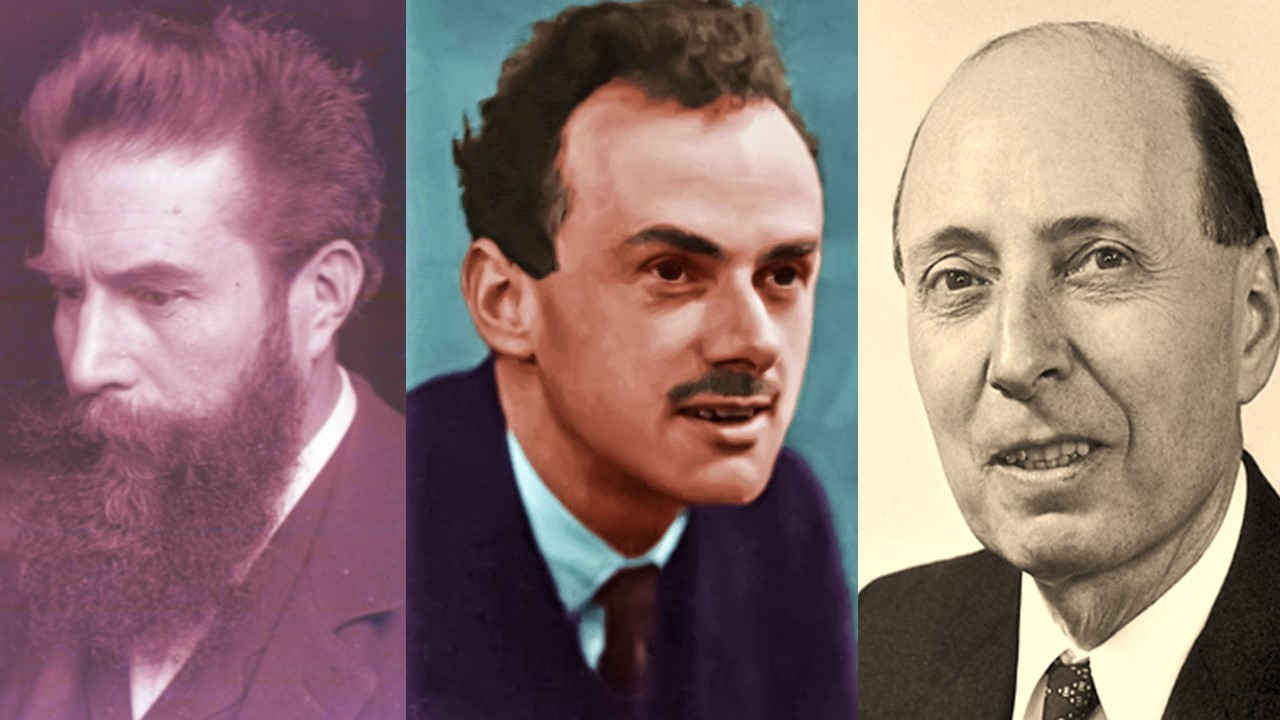
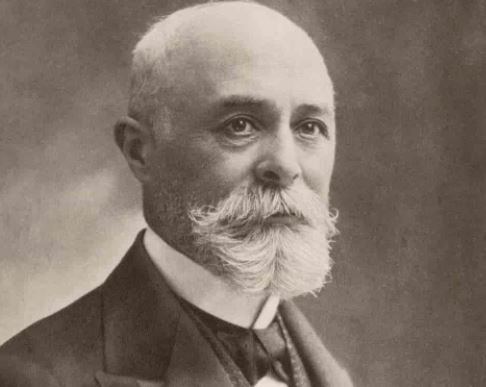


 Physics, astronomy and science history blog for students
Physics, astronomy and science history blog for students